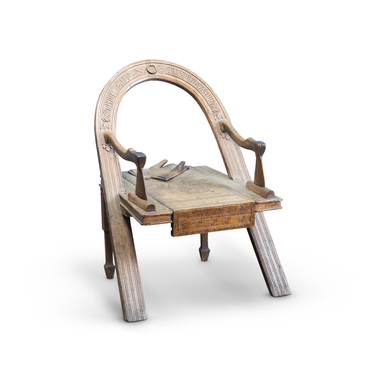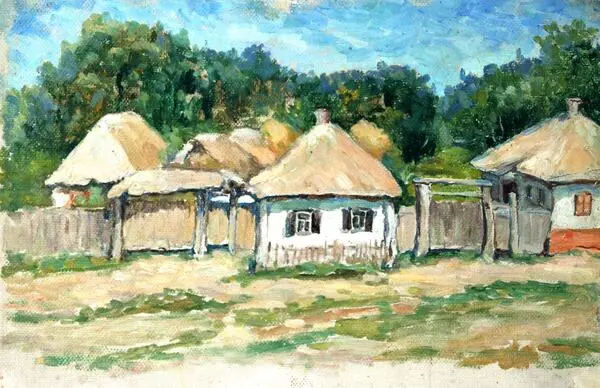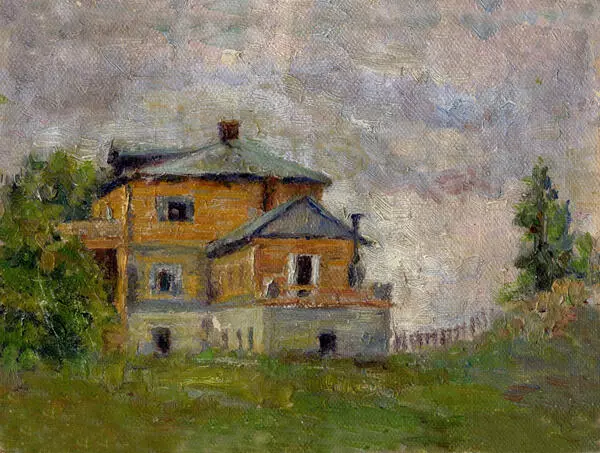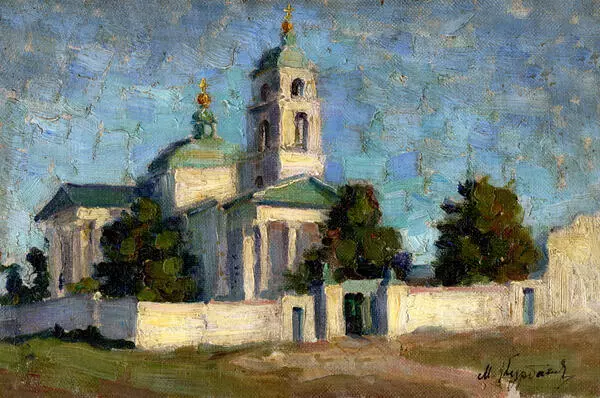Mikhail Alekseevich Kurbatov was born in Belgorod in 1874.
As a child, he was very sickly: he suffered from scarlet fever and almost lost his hearing. During his treatment, he met Stanislav Stein, the founder of the Moscow Clinic for Ear, Throat and Nose Diseases. He developed a friendly relationship with the Stein family, and as a result in the late 1890s Mikhail Kurbatov settled in their house and helped manage the estate.
The period during which he was under the constant supervision of a doctor had a positive effect on Kurbatov — his hearing was partially restored. Moreover, the extensive circle of Stein’s acquaintances, which included scientists, writers, and artists, influenced the developing worldview of the future artist.
It was decided to develop Mikhail Kurbatov’s artistic talent. He graduated from the Moscow School of Painting, Sculpture, and Architecture and continued his studies at the Paris Academy of Arts under the guidance of François Auguste René Rodin and Émile Antoine Bourdelle. The works of the young sculptor appeared at exhibitions in Paris. At the same time, Mikhail Kurbatov honed his skills by making casts of anatomical or pathoanatomical specimens.
At the age of 35, Mikhail Kurbatov returned from France to Moscow. Already quite an experienced moulage artist, he did not rest on his laurels and continued to improve his sculptural skills. He devoted about 20 years to working at the Second Medical Institute. There, Mikhail Alekseevich organized a museum of scientific and artistic casts, where he accumulated a vast collection of moulages and drawings over the years.
Both domestic and foreign scientists recognized Kurbatov’s works as skillful and accurate copies. They unanimously asserted that Kurbatov was undoubtedly the best moulage artist in Europe.
Kurbatov created a number of sculptural portraits, including those of Gleb Ivanovich Uspensky, Alexander Sergeyevich Pushkin, and Ilya Ilyich Mechnikov.
The secret of the realism of his works has not been
revealed, as Mikhail Kurbatov left no explanation behind. It is known that one
of the factors lies in a unique material, the composition of which has not been
fully studied. Scientists are still investigating it in hopes of coming even
slightly close to the mastery of Europe’s best moulage artist.






